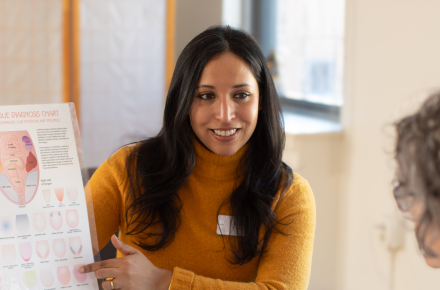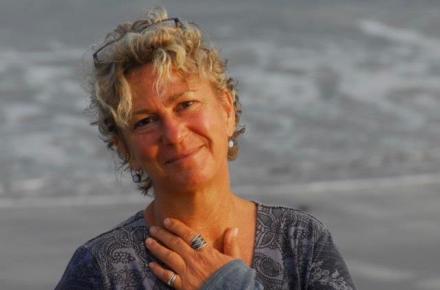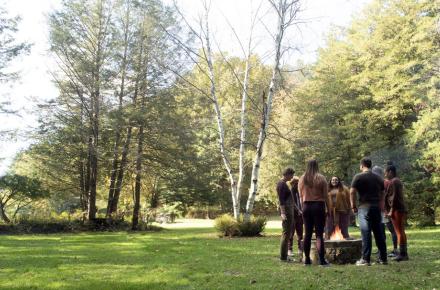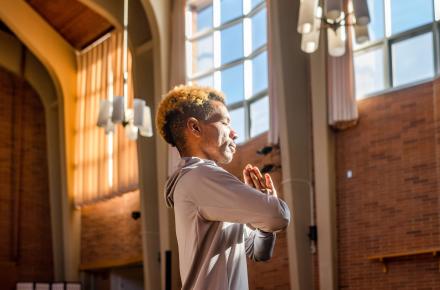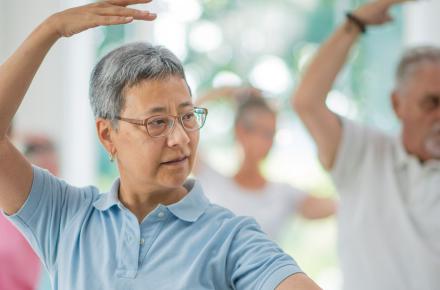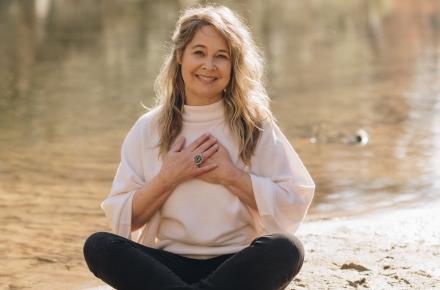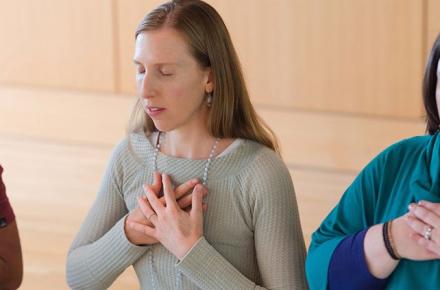Cancer Treatment and the Mind-Body Connection

The medical establishment’s usual view of complementary therapies is that many of their benefits are simply placebo effects rather than the willful power of the mind to influence the body. Yet even a study of conventional medical treatments later found to be ineffective showed that as many as 70 percent of patients still had excellent or good outcomes, demonstrating the power of the physician’s belief in the treatment and the patient’s belief in the physician. Dr. Carl Simonton, a radiation oncologist, is known for his work with patients who have appeared to recover from untreatable cancer using visualization—a mind-body technique that involves positive mental imagery. Dr. David Spiegel’s work showing that support groups double the survival rates of women with metastatic breast cancer is another example of the power of the mind-body connection. Research has correlated the physiological responses of improved immune function with the experience of joy and other positive emotions. According to psychologist Pat Norris, author of Why Me? Harnessing the Healing Power of the Human Spirit, “Hope has a neuroendocrinological effect on the body—hope affects brain chemistry, beliefs have biological consequences.” On the other end of the spectrum, depression and fear produce inflammatory proteins in the body. This aspect of healing has been traditionally ignored by allopathic medicine, but it is at the heart of many complementary therapies.
The mind-body connection and its powerful relationship to healing illustrate another fundamental difference between allopathic and complementary forms of treatment. Complementary medicine relies heavily upon inner resources, especially the tremendous healing power of the mind. Allopathic medicine primarily looks to technology and external sources of treatment to determine outcome.
In dealing with disease, allopathic medicine espouses prevention and, whenever possible, early detection. It often involves invasive tests, drugs, and uncomfortable procedures. For cancer, treatment can be aggressive; toxic systemic procedures such as chemotherapy may be used, along with irradiation and surgical removal of tumors. Sometimes experimental treatments still under investigation are recommended. The treatments are intended to separate you from your cancer through external measures performed by highly trained specialists.
Complementary therapies propose to work in a more “environmentally friendly” and ecologically balanced way, generally using less toxic treatments and less aggressive approaches to helping patients recover from illness. They support patients’ innate capacity for healing, with the practitioner as guide offering expertise and support. Modalities such as acupuncture, homeopathy, Auyurvedic medicine, macrobiotic diets, and bodywork therapies, to name a few, are holistic in nature; they tap into the patient’s own resources to restore health. Complementary medicine emphasizes the use of natural substances and gentle, noninvasive therapies. It is less apt to affect the individual’s physical and energetic balance with drastic side effects. This is a very attractive benefit, considering that adverse reactions from allopathic medicines are a leading cause of death in this country, according to the Journal of the American Medical Association. (There is no comparable data for adverse reactions to complementary care.)
Besides having significant side effects, the delivery of allopathic treatments often can leave a patient feeling helpless and emotionally adrift for what can be a very frightening experience. This does not mean that patients with cancer should not take advantage of what conventional medicine has to offer. Chemotherapy, radiation, surgery and other conventional cancer treatments save lives: This is the strength and focus of allopathic medicine. But the combination of such drastic cancer treatments, along with the compartmentalization and fragmentation of self that can be experienced during treatment, sometimes leaves patients with emotional trauma.
Complementary medicine operates in partnership with patients, often empowering them with the tools they need to begin to heal themselves. The emphasis is on encouraging the body to use its own resources to restore balance and health in mind, body, and spirit. In establishing a working partnership with complementary practitioners, patients feel they are heard and acknowledged, a need that has often gone unfulfilled in the allopathic model. A study of breast cancer survivors in Canada showed that while these patients appreciate the honesty and technical expertise of their physicians, their complementary practitioners were praised for their emotional support and listening skills. This partnership approach to healing can help reduce the feelings of helplessness and victimization that often accompany a cancer diagnosis, and improve patients’ satisfaction—and perhaps even outcome—as patients are given the chance to voice their concerns and receive encouragement. Unfortunately, traditional allopathic interactions with patients, which are experienced by many as too authoritarian in their approach, do not offer an opportunity for patients to become more engaged in their health decisions and the healing process.
Thus, despite the criticisms and shortcomings, the reputation of complementary medicine has steadily improved among cancer patients as both dissatisfaction with the sterility of modern medicine and recognition of the holistic relationship of mind, body, and spirit to healing have increased. The impact of complementary modalities on the quality of life of people dealing with cancer is significant. Many kinds of treatments can be powerful in assisting the healing process and restoring patients to better health. Complementary medicine often fills the emotional and spiritual void not addressed by conventional medicine.
Find out about upcoming programs with Carole O’Toole at Kripalu.
This article is excerpted with permission from Healing Outside the Margins: The Survivor’s Guide to Integrative Cancer Care, by Carole O’Toole with Carolyn B. Hendricks, MD.














